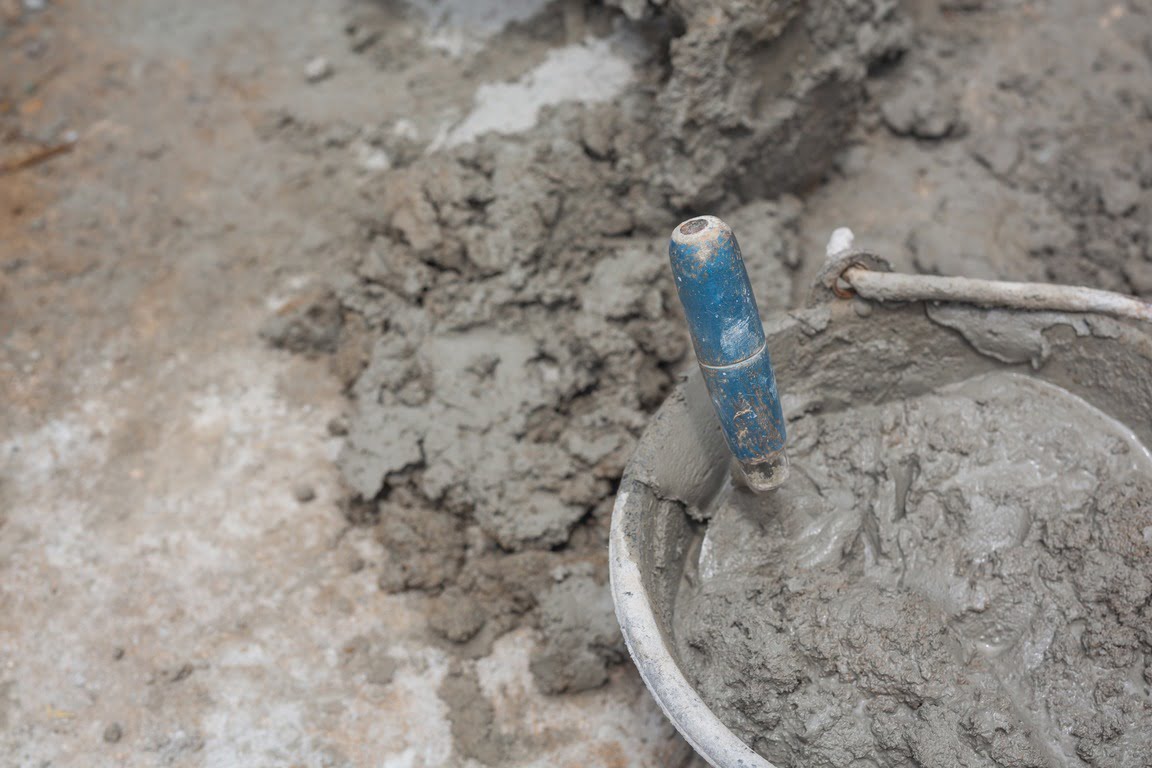Uneven concrete surfaces, a common issue in both homes and businesses – driveways, sidewalks, and foundations can all succumb to settling, erosion, or improper installation. Traditionally, leveling these surfaces was a labor-intensive process, requiring significant time and disruption.
Fortunately, advancements in technology have introduced foam leveling – a modern and efficient solution for this widespread problem. In this article, we will explore the option of leveling concrete with foam.
Table of Contents:
- Understanding the Process of Leveling Concrete
- How Foam Leveling Works
- Advantages of Foam Leveling
- Factors to Consider Before Choosing Foam Leveling
- Comparing Foam Leveling with Alternative Methods
- Conclusion
Understanding the Process of Leveling Concrete
Traditional Methods vs. Foam Leveling
Traditional methods of concrete leveling typically involve techniques like mudjacking or self-leveling concrete. Mudjacking, also known as slabjacking, requires drilling holes into the concrete and pumping a slurry of soil, water, and cement beneath the slab to raise it.
While effective, this method can be labor-intensive, messy, and may not provide long-lasting results due to potential erosion of the material. Self-leveling concrete, on the other hand, is a pourable material applied over uneven surfaces to create a smooth finish. This option is suitable for certain applications but may not be ideal for larger projects or areas with significant elevation differences, as it adds weight and may not provide sufficient lifting power.
Foam leveling, also known as polyurethane foam injection, offers a more modern and efficient alternative. By injecting expanding polyurethane foam beneath the concrete slab, this method lifts and levels the surface with minimal disruption. The lightweight foam fills voids and creates a stable base, offering a long-lasting solution for uneven concrete. Compared to traditional methods, foam leveling is generally faster, less labor-intensive, and potentially more cost-effective.
How Foam Leveling Works
Injection Process
Foam leveling begins with drilling small, strategically placed holes into the concrete surface. A specially formulated two-part polyurethane foam is then injected through these holes. As the foam mixes, it expands to fill any voids beneath the concrete slab. This expansion process exerts a controlled lifting force, raising the slab to the desired level.
Expansion and Lifting
The expanding foam not only lifts the concrete but also compacts the underlying soil. This creates a stable and long-lasting result, minimizing the risk of future settlement or cracking in the concrete.
Applications of Foam Leveling
Foam leveling’s versatility makes it suitable for a wide range of applications, including:
- Residential projects: Driveways, patios, garage floors, sidewalks
- Commercial projects: Warehouses, retail spaces, parking lots, loading docks
- Infrastructure repairs: Highways, bridges, airport runways
Advantages of Foam Leveling
Cost-effectiveness
Foam leveling is generally more cost-effective than traditional methods due to its efficiency and minimal labor requirements. The precise injection process reduces material waste and ensures accurate results, ultimately saving both time and money.
Quick Installation
Unlike traditional methods that may require days to complete, foam leveling can typically be done in a matter of hours. The fast curing time of the foam allows for immediate use of the leveled surface, minimizing downtime and inconvenience.
Minimal Disruption
Foam leveling is relatively non-invasive compared to traditional methods, making it ideal for projects where minimal disruption is desired. Minimal injection holes and less heavy equipment are needed, resulting in less damage to surrounding landscaping and structures.
Factors to Consider Before Choosing Foam Leveling
Soil Conditions
Before choosing foam leveling, it’s essential to assess the soil conditions beneath the concrete surface. Certain soil types, especially those prone to erosion or instability, could affect the effectiveness of the leveling process. A professional can evaluate the soil and advise if foam leveling is suitable for your specific situation.
Structural Integrity
Foam leveling is most effective for addressing minor to moderate surface irregularities. If the concrete slab has significant cracks, unevenness, or other structural damage, additional repairs may be necessary before foam leveling can be performed. Consulting a professional can help determine the extent of the damage and recommend the most appropriate repair strategy.
Environmental Impact
The polyurethane foam used in foam leveling is environmentally friendly and non-toxic once cured. However, it’s essential to consider any potential environmental implications during the installation process, such as responsible disposal of excess materials or runoff. Choosing a reputable contractor who prioritizes environmentally friendly practices can help minimize any impact.
Comparing Foam Leveling with Alternative Methods
Mudjacking
While mudjacking can be effective for lifting concrete slabs, it often comes with drawbacks. This method typically requires larger equipment, more extensive labor, and can be messy. Additionally, the mixture used in mudjacking may be prone to shrinkage and erosion over time, leading to potential future settlement issues.
Self-leveling Concrete
Self-leveling concrete offers a smooth and level finish, but it may not be suitable for all applications. This option may not provide sufficient structural support for heavily trafficked areas or areas with significant elevation changes. Compared to self-leveling concrete, foam leveling offers a more precise, durable, and versatile solution for uneven concrete surfaces.
Conclusion
If you’re looking for a modern and efficient solution to restore your uneven concrete surfaces, foam leveling offers a clear advantage. This method is not only faster and less disruptive than traditional options, but it also provides long-lasting results. For a free consultation and quote on foam leveling your concrete surfaces, contact Ener-Spray today.
